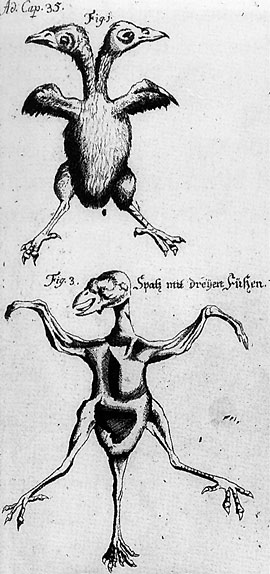
ARTHUR MACGREGOR. Curiosity and Enlightenment: collectors and collections from the sixteenth to the nineteenth century. x+386 pages, 197 b&w & colour illustrations. 2007. New Haven & London: Yale University Press; 978-0-300-12493-4 hardback £45.
Review by Robert McCombe
Department of Museology, Manchester University, UK
(Email: robert.mccombe@postgrad.manchester.ac.uk)

In his preface to Curiosity and Enlightenment MacGregor observes that the last attempt to provide a comprehensive survey of museum history was Sir David Murray's work of 1904, Museums: their use and history. So, in a timely work, MacGregor sets out to provide a modern examination of trends in the Renaissance and Enlightenment periods that have emerged in the world of museums and musealia by drawing together a broad range of histories and accounts of developments through the sixteenth to nineteenth centuries. The author succeeds in this to a very great extent.
Students of museum history must engage with a variety of approaches from the practical to the theoretical. Many of these take in the history or lives of collectors, collections and institutions. While numerous works exist on individuals, museums, collections and theories of collecting and display, it can prove difficult to gain an understanding of how these people, objects and institutions developed in the wider historical context across extended periods of time. This is where MacGregor's work is most welcome.
The book opens with a brief overview of the ancient and medieval precursors of the museum, but the work begins in earnest with the so called 'cabinets of curiosity' of the sixteenth century. Using both princely and popular collections as a point of departure, MacGregor weaves a variety of sources and approaches together to subtle effect. While at times the sheer amount of information becomes somewhat list-like, the outcome is extremely effective, showing the various uses and approaches taken by the numerous iterations of early museums.
Throughout the volume chronological narrative, thematic approaches and case studies of both national and minor institutions are used to good effect. While Western in focus, the work is far from Anglo-centric, with detailed analysis of collections stretching across Europe and Russia, including sites in France, Germany and Italy. Furthermore, MacGregor deliberately avoids a teleological reading of the museums, elaborating upon his points and themes through the successful and unsuccessful, the grand and the minor and the reputable and voyeuristic. This approach is perhaps at its most valuable when considering the Kunstkammern and their ilk, but also in the later considerations of natural historical, anatomical and antiquarian collections.
Successive chapters examine collections in the seventeenth and eighteenth centuries through the divisions and boundaries that collectors and curators imposed, including displays of art and sculpture, natural history, science and technology, human anatomy and antiquarian collections. These in turn are divided into sub-sections for ease of reference either by nation or by a tighter focus on type of collection. While such an approach may seem overly simplified, this is far from the case. The narrative uses brief chronological passages interwoven with detailed case studies of both the well-known and the obscure before interlacing these with analytical passages of the underlying intellectual approaches towards display. Particular themes are brought into focus at appropriate moments within the wider cultural contexts. These range from the use of collections to establish social standing, the impact of desires to assemble nationally representative collections, the continued interplay between private and public collections, to the evolution of lighting in art galleries.
The final chapter details the movement of these collections into the nineteenth century, tracing the prior divisions in their evolutions rather than beginning anew with the development of further private, local and national institutions and the growth of ethnographic and folk museums. MacGregor rightly acknowledges that the scope of such an attempt would require further volumes, yet it might have proved useful to provide some greater indication of the way early museums would become part of what would be recognised as the essentially 'modern' museum.
Illustrations are used appropriately and to great effect throughout the work. This is particularly successful when discussing means of preservation and presentation, both of specimens and wider collections. The effective focus and juxtaposition of both the intellectual and the physical realisation of the museum in the period in question is one of the greatest strengths of the work. A minor regret is the brevity of many sections, though this is understandable as it is the scope, lucidity and combination of literary and visual sources that makes this such a valuable work of reference. This book will be a lasting resource for historians, museologists and those with an interest in the culture and impulse of Western collecting.